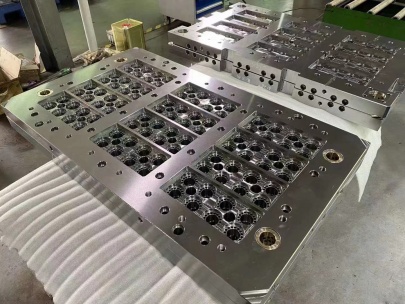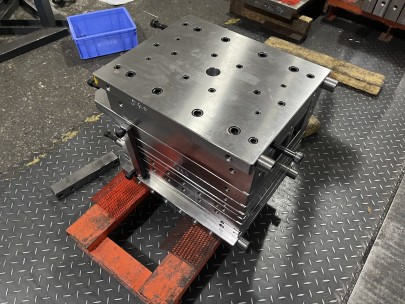When it comes to installing base molding, choosing the right nails is critical for achieving a professional finish. The right fasteners will not only hold the molding securely in place but will also ensure that the molding withstands the test of time. This guide will cover the types of nails suitable for base molding, factors to consider when choosing them, and some best practices for installation.
Understanding Base Molding and Its Importance
Base molding, also known as baseboard, is an architectural feature that provides a finished look to the interior of a house. It covers the joint between the wall and the floor, helping to protect the wall from scuffs and damage while also contributing to the overall aesthetic appeal. The proper installation of base molding ensures that it remains intact and visually appealing, making the choice of nails extremely important.
Types of Nails for Base Molding
Choosing the right type of nails can make all the difference in an installation project. Below is a breakdown of the most commonly used nails for base molding:
| Nail Type | Material | Recommended Length | Usage |
|---|---|---|---|
| Finish Nails | Steel or Stainless Steel | 1.5 to 2.5 inches | For most base molding applications |
| Brad Nails | Steel | 1 to 1.5 inches | For smaller and thinner trims |
| Construction Screws | Steel | 1.5 to 2 inches | When extra strength is required |
Factors to Consider When Choosing Nails
When selecting nails for your base molding project, consider the following key factors:
- Material: Steel nails are common for their strength, while stainless steel is recommended for areas prone to moisture.
- Length: The nails must be long enough to penetrate the base molding and securely attach to the wall.
- Head Type: Choose between flat heads for a flush finish and round heads for a more traditional look.
- Corrosion Resistance: Choose galvanized or stainless steel nails for humid environments to prevent rusting.
Best Practices for Installing Base Molding
Now that you know which nails to choose, here are some best practices for installing base molding:
- Measure Accurately: Ensure all moldings are cut precisely to avoid gaps.
- Use a Level: Ensure moldings are installed straight and at the right height.
- Pre-drill Holes: This is especially important for hardwood moldings to prevent splitting.
- Space Nails Appropriately: Install nails every 12 to 16 inches for secure fitting.
- Fill Nail Holes: Use wood filler to patch any nail holes for a cleaner appearance.
Common Mistakes to Avoid
Even with the right nails and techniques, there are common mistakes to avoid during installation:
- Using the incorrect length or type of nails
- Neglecting to account for expansion and contraction of the wood
- Over-driving or under-driving the nails
- Skipping the use of a miter saw for angled cuts
FAQ
What are the best nails for installing base molding in high humidity areas?
In high humidity areas, stainless steel nails or galvanized nails are best as they resist rust and corrosion.
Can brad nails be used for heavy base molding?
While brad nails can be used, they are not recommended for heavy base molding. Finish nails or screws would be more suitable for heavier materials.
How far apart should nails be spaced in base molding?
Nails should generally be spaced about 12 to 16 inches apart to ensure adequate support.
Is it better to use a nail gun or hammer for installing base molding?
A nail gun is typically better for faster, more consistent nailing, but a hammer can be used if more control is desired, especially for small projects.
Conclusion
In conclusion, the choice of nails is crucial when installing base molding. Finishing nails, brad nails, and construction screws each have their advantages depending on the application and material. By considering factors like material, length, and best practices, you can ensure that your installation is not only beautiful but also durable. Avoiding common mistakes will also help you achieve a professional finish, adding value and appeal to your home.



